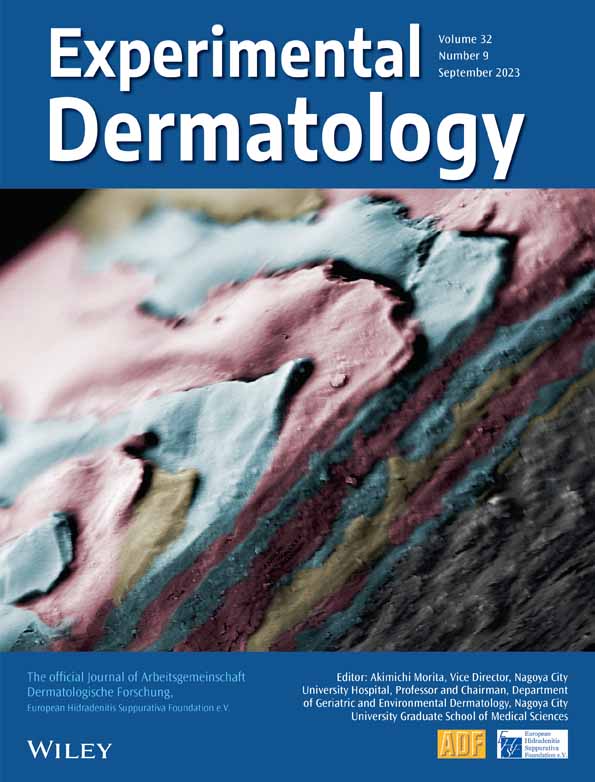A method for harvesting viable cells from wound dressings
Abstract
Wound fluid has been well studied for exploring protein biomarkers contained in it. However, cells in wound fluid have not received much attention due to the difficulty in their collection. Our study aimed to establish a method for collecting viable cells from discarded wound dressings. A protocol was designed to wash out nonadherent cells and detach adherent cells from silicone-faced foam wound dressings using trypsin–EDTA. The optimal concentration and incubation time of trypsin–EDTA for collecting equivalent proportions of different cell types to the original cell population were determined in vitro. Cell composition and gene expression changes in monocytes, lymphocytes, neutrophils, fibroblasts and keratinocytes were confirmed using immunocytochemistry and RNA-sequencing ex vivo. Full-thickness wounds were created on 9-week-old male C57BL/6J mice. Wound fluid was collected, and half of it was applied to the wound dressings. The original cell population in the wound fluid and the cell population collected from wound dressings were compared. In the in vitro study, 0.25% trypsin–EDTA and 2.5-min incubation time were considered optimal for collecting adherent cells from wound dressings. In the ex vivo study, among all cell types, only CD3+ lymphocytes showed a significantly higher cell proportion in the collected group. The relative gene expression of the five selected cells showed no significant changes (p-value >0.05, |log2 fold change| < 1.5, differential gene expression analysis). Viable nonadherent and adherent cells were collected from wound dressings without altering gene expression and could be used in future studies for cellular analysis of wound fluid.
CONFLICT OF INTEREST STATEMENT
The authors declare no conflict of interest.
Open Research
DATA AVAILABILITY STATEMENT
The data that support the findings of this study are available from the corresponding author upon reasonable request.




